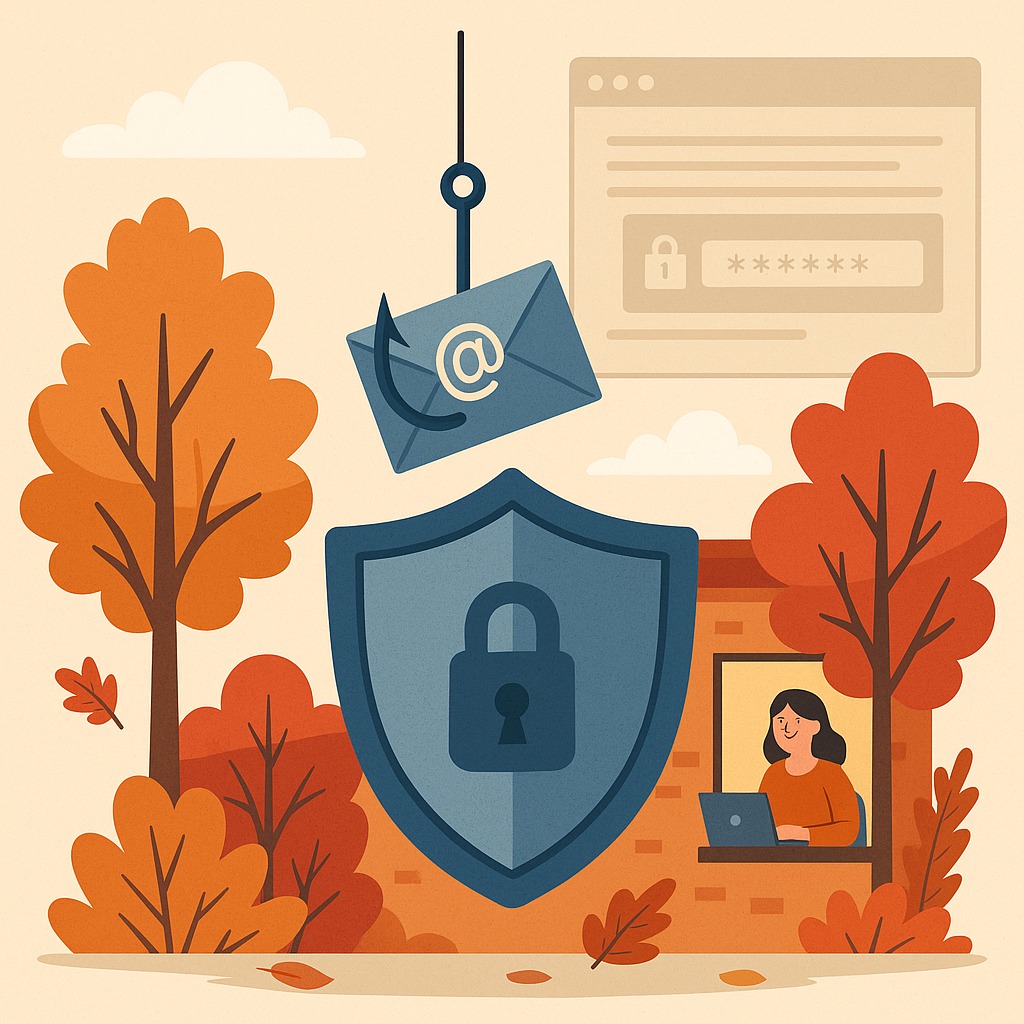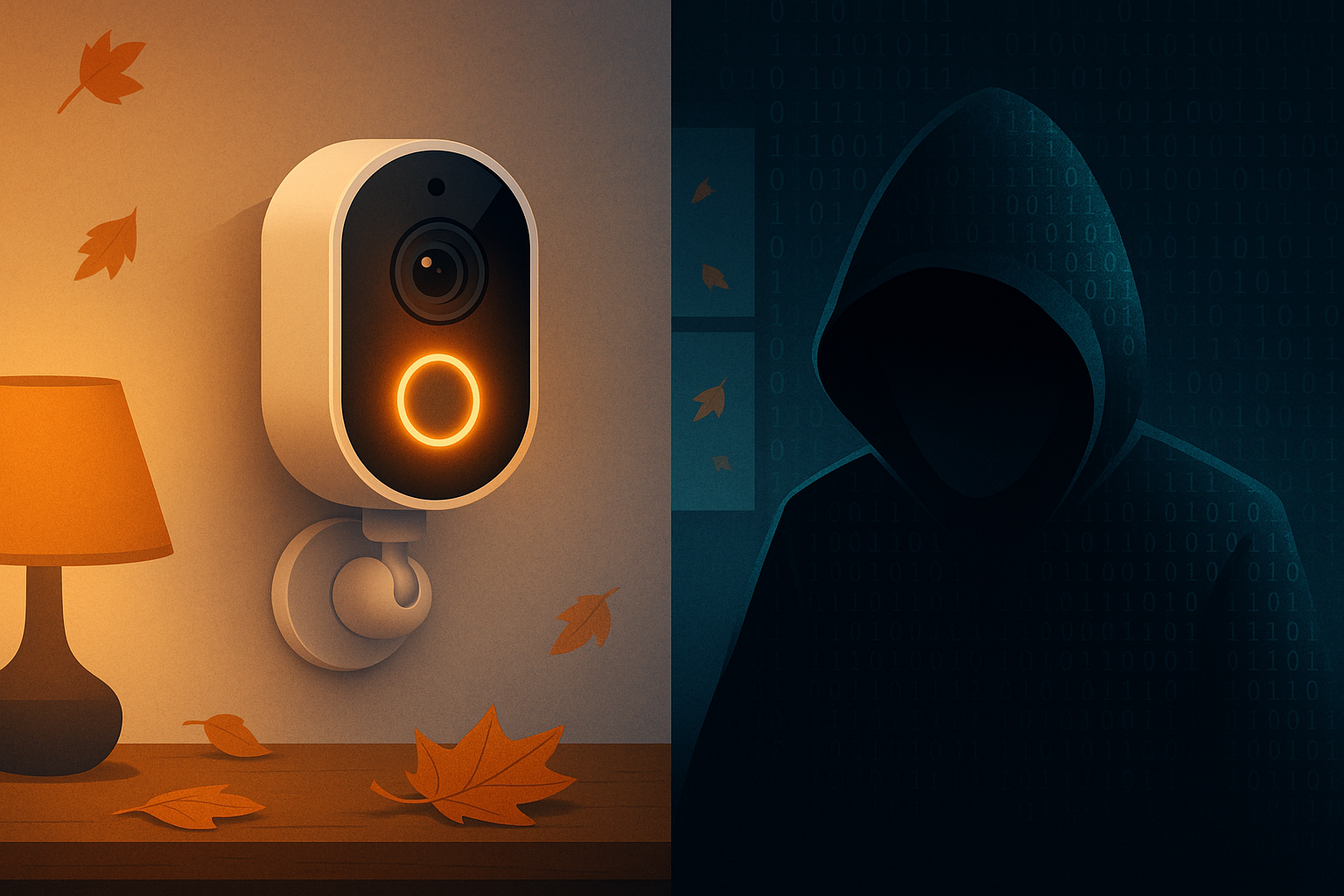Your smartphone could be a cybersecurity risk—and you might not even know it.
In today’s mobile-first world, your phone is more than a communication tool. It’s your digital wallet, your mobile office, and your business command center. But it could also be the weakest link in your cybersecurity defenses.
Phone tracking is alarmingly easy—and more common than most business owners realize. Whether it’s spyware, phishing, or stalkerware, threat actors can silently gain access to your location, messages, and sensitive business data. And once they’re in, the fallout can be devastating.
How Hackers Can Track Your Phone (Without You Knowing)
Here are the most common ways cybercriminals, disgruntled employees, or even jealous partners can compromise your phone:
- Spyware Apps: Installed secretly, these apps can monitor calls, texts, emails, app activity—and even turn on your microphone or camera.
- Phishing Links: Clicking a malicious email or SMS link can install tracking software without your consent.
- Location Sharing Abuse: Apps with excessive permissions may share your location in the background—even if you’re not actively using them.
- Stalkerware: This stealthy spyware often poses as a legitimate app and is designed to operate undetected.
These tools are widely available online—no advanced hacking skills needed.
Why This Matters for Business Owners
If you’re running a company, your phone likely contains:
- Emails with client or financial data
- Saved passwords and banking access
- Employee contacts or HR records
- Sensitive communications and internal files
A compromised phone doesn’t just put your personal privacy at risk—it can open the door to data breaches, financial losses, and regulatory fines.
📊 Did you know? The average cost of a data breach for small businesses is $120,000 (Verizon DBIR).
Warning Signs That Your Phone Might Be Tracked
Although many tracking tools are designed to be invisible, there are subtle symptoms that might signal a compromise:
- Rapid battery drain, even when idle
- Unusually high data usage
- Strange apps you didn’t install
- Background noise during calls
- Phone overheating without use
- Frequent crashes or sluggish performance
These red flags shouldn’t be ignored—especially if you notice more than one.
5 Ways to Protect Your Phone from Being Tracked
Here’s how to take back control and defend your phone from spying tools:
- Run a Mobile Security Scan
Use a trusted antivirus or anti-spyware app to detect hidden threats. - Review App Permissions
Go to your settings and revoke unnecessary access—especially for location, camera, or microphone. - Update Your OS and Apps
Patches often fix security vulnerabilities. Stay current to reduce your attack surface. - Factory Reset (If Needed)
If spyware is confirmed, wiping your phone may be the safest solution. Back up important data first, and reset passwords afterward. - Enable Multi-Factor Authentication (MFA)
Use biometrics and MFA on all critical apps—especially business, banking, and email accounts.
Don’t Let a Hacked Phone Become a Business Disaster
Cybercriminals don’t need to breach your firewall if they can slip through your phone.
Protecting your mobile device is no longer optional—it’s essential. Especially if you use your phone for email, client communication, banking, or remote access to business systems.
👉 Start with a FREE Network Risk Assessment
We’ll scan for hidden vulnerabilities in your network and mobile devices—and help you lock down your digital perimeter.
🔒 Click here to schedule your FREE assessment now.
















